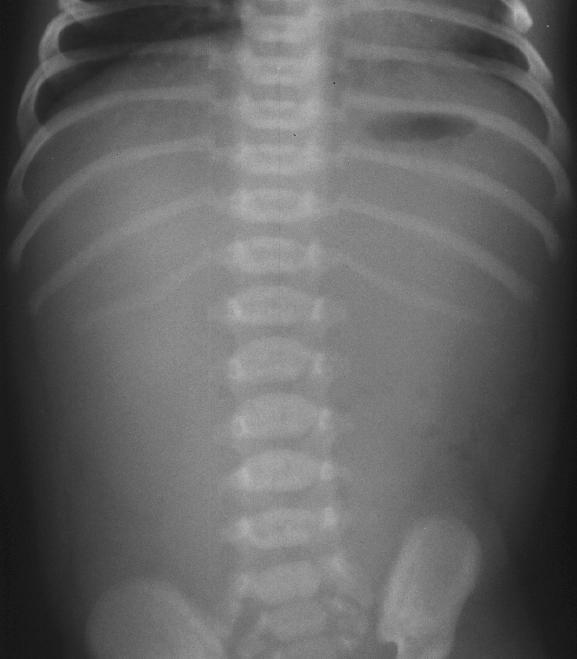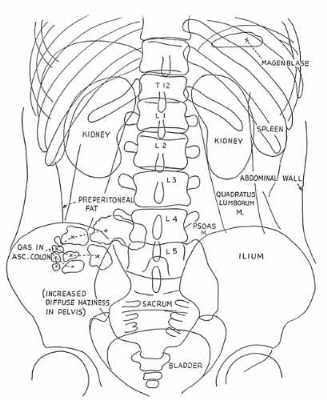Infants Part I (1 Hour)

The torso of the infant is also wrought with anatomical differences. In contrast to adult ribs, infants have flexible ribs. On the plus side, the ribs won’t break easily. The downside is the ribs don’t really provide that much protection to the abdomen, making them very prone to internal injuries. If you observe a rib fracture in an infant, know that the underlying organs have probably been injured. The infant relies on their diaphragm to breath as their intercostals muscles have not developed to the point of being useful. For this reason, abdominal distension is a real problem for infants (the diaphragm can’t move properly if the abdomen is distended). The reliance on the diaphragm obviously makes them abdominal breathers. When the infant is experiencing respiratory distress, look for accessory muscle usage (suprasternal, supraclavicular, intercostals, and diaphragm).

The differences don’t just stop at the above the waist. Infants have higher respiratory rates and heart rates than adults, due to their faster metabolic rates. Their body surface area to mass ratio is much higher (see the next paragraph for an explanation). Their skeletal system is still developing and their flexible ribs provide less protection to underlying organs (like the spleen and liver). Any bleeding seen when assessing an infant should be taken seriously due to the fact that they have less circulating volume than an adult (the blood volume of a newborn is usually around 335 cc or the volume of a can of coke).